Medical Disclaimer: This article is for informational purposes only and does not replace professional veterinary advice. Always consult your veterinarian before starting any exercise program for your dog.
Does your dog seem to get winded after a short walk? You’re not alone—overweight dogs are increasingly common, and as a Canadian vet, I’ve seen firsthand how even a few extra pounds can make pets sluggish, sore, or unhappy. The good news? A little daily movement goes a long way. These five overweight dog exercises are safe, gentle, and designed to help your pup shed pounds, strengthen muscles, and feel like their happy, energetic self again.
Table of Contents
🐾 Key Takeaways
- Overweight dog exercises can help reduce the risk of diabetes, arthritis, and heart disease.
- Start slowly with low-impact activities like leash walks, indoor play, or swimming.
- Always consult your vet first—some dogs may need tailored plans based on joint issues or health history.
- Aim for short, consistent daily sessions over intense workouts.
- Variety keeps your dog engaged: mix walks, play, therapy, and water fun.
- Most dogs can safely lose 1–2% of their body weight per week with vet guidance.
Why Exercise Is Essential for Overweight Dogs
Health Risks of Canine Obesity
Overweight dogs face a higher risk of serious health problems. Extra fat stresses the heart, lungs, and joints. It worsens arthritis, increases the chance of torn ligaments, and shortens lifespan. According to the Association for Pet Obesity Prevention, over half of dogs in North America are overweight or obese—putting millions at risk.
Even 5 extra pounds can lead to:
- Diabetes
- High blood pressure
- Breathing difficulty
- Joint pain and early arthritis
- Lower energy and reduced lifespan
Benefits of Gentle, Daily Movement
Starting a consistent routine of overweight dog exercises helps:
- Burn excess calories and body fat
- Build lean muscle, which boosts metabolism
- Improve heart and lung function
- Enhance mobility and reduce stiffness
- Lift your dog’s mood and reduce boredom
As a vet, I often tell clients: small, daily changes make a big difference. A 10-minute walk or 5 minutes of indoor play can begin reversing the health spiral of obesity.
5 Simple, Safe Exercises to Help Your Dog Lose Weight
1. Short Leash Walks
Leash walks are one of the easiest overweight dog exercises to start with. Begin slowly—think of it as a relaxed stroll, not a power walk.
Safety Tips:
- Use a well-fitted harness, not a neck collar.
- Walk on soft surfaces like grass to reduce joint strain.
- Avoid walks during extreme heat or cold.
Frequency & Progression:
- Start with 5–10 minutes once or twice a day.
- Build up gradually to 20–30 minutes daily.
- Aim for a pace that gently raises your dog’s heart rate.
Watch for Warning Signs:
- Excessive panting, coughing, or wheezing
- Limping or refusal to walk
- Lying down or refusing to move
Weight-Loss Benefit:
Regular walks burn calories, strengthen muscles, and improve heart health. Over time, this boosts your dog’s stamina and makes movement easier and more enjoyable.
Fun Tip:
Let your dog sniff! Scent exploration is mentally enriching and keeps your dog engaged.
2. Low-Impact Indoor Games (Tug, Puzzle Toys)
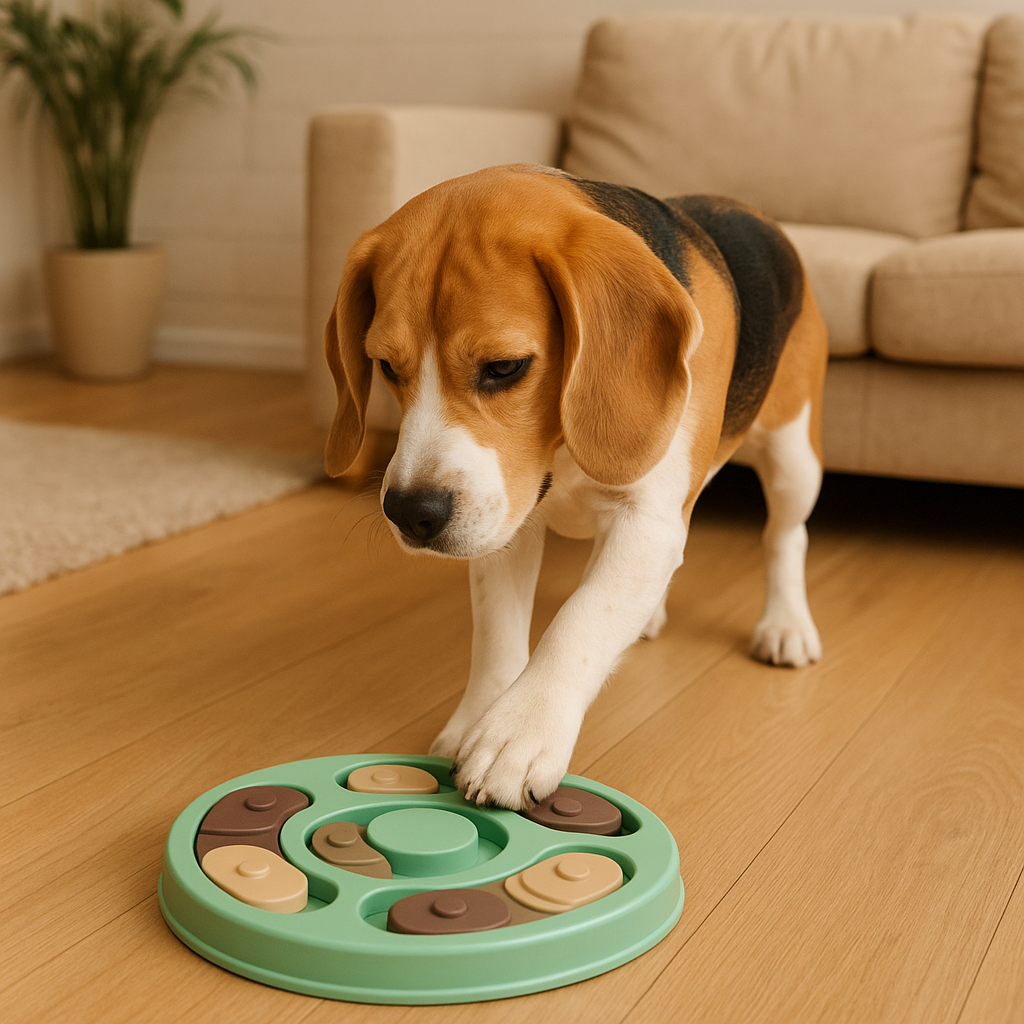
Also visit: https://doglifeexpert.com/dog-exercise-needs-explained/
Indoor play is a fantastic option when the weather isn’t cooperating. These overweight dog exercises are joint-friendly and mentally stimulating.
Safe Indoor Activities:
- Tug-of-war: Use a durable toy and always supervise.
- Puzzle feeders: These challenge your dog to work for low-calorie treats or kibble.
Frequency:
Try two sessions per day, about 10–15 minutes each. It’s a great alternative to outdoor activity, especially for senior or arthritic dogs.
Watch for Warning Signs:
- Overexcitement or frustration
- Aggression or toy destruction
- Heavy panting or withdrawal
Weight-Loss Benefit:
Interactive toys burn calories and keep dogs occupied. Puzzle toys also slow down eating, which helps digestion and portion control.
Fun Tip:
Mix things up! Rotate toys to keep interest high. Try hide-and-seek with healthy treats, or reward obedience commands with short play breaks.
3. Swimming and Water-Based Play
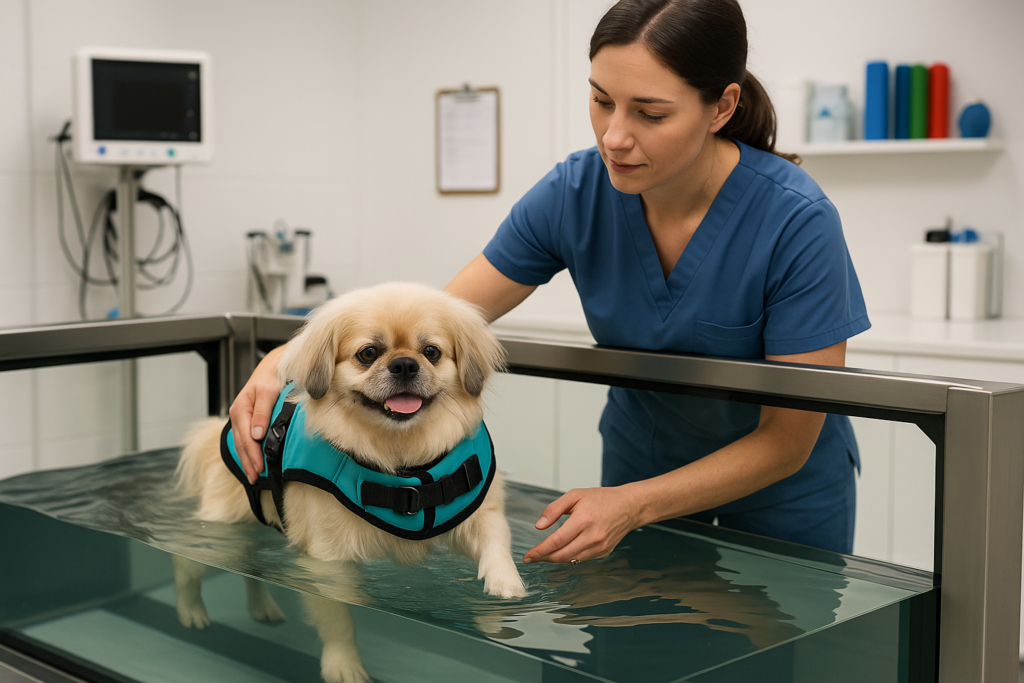
Swimming is one of the most effective overweight dog exercises—it’s easy on the joints and burns calories fast. The water’s buoyancy supports your dog’s weight while the resistance builds muscle.
Safety Tips
- Always supervise your dog, especially during early sessions.
- Use a dog life jacket for added buoyancy and safety.
- Begin in warm, shallow water. Move slowly and let your dog adjust at their own pace.
Recommended Frequency
- Start with 5–10 minute sessions, 2–3 times per week.
- Gradually increase to 30-minute workouts as stamina improves.
Watch for Warning Signs
- Struggling to stay afloat
- Gulping water or signs of anxiety
- Sudden fatigue or weak paddling
Why It Works
Water-based overweight dog exercises provide full-body conditioning with minimal joint stress. Swimming supports mobility, boosts energy, and builds confidence—especially in dogs who are new to movement.
Fun Tip
Make it a game! Use floating toys or play a light game of “fetch and swim.” These fun overweight dog exercises are more effective when paired with praise, a towel dry, and a treat.
4. Gentle Stair Workouts (If Joint Health Permits)
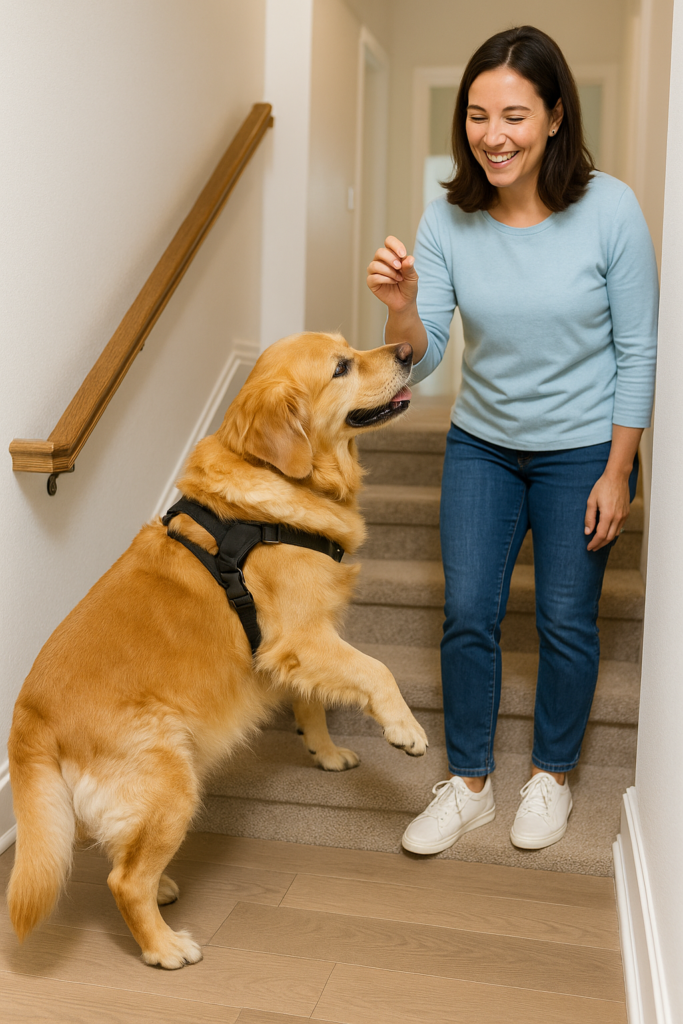
When done safely, stairs can be powerful overweight dog exercises that engage the legs, hips, and core.
Safety First:
- Only use if your dog has no known joint issues.
- Carpeted steps or non-slip runners help prevent slips.
- Keep your dog leashed and supported if needed.
Frequency:
Start with 3–5 climbs, 1–2 times daily. Slowly increase as tolerated.
Watch for Warning Signs:
- Hesitation, limping, or whining
- Stiffness after sessions
- Refusal to participate
Weight-Loss Benefit:
Climbing steps builds strength and burns calories faster than flat walking, making it excellent for short, intense sessions.
Fun Tip:
Play “step fetch” by tossing a toy up 1–2 stairs. Reward each successful trip with gentle praise or a belly rub.
Canine Physical Therapy or Rehab Programs
For dogs with severe obesity or joint pain, vet-guided rehab may be the safest and most effective path. These professional overweight dog exercises are customized to your dog’s specific needs.
What It Includes
Underwater treadmill sessions
Assisted stretching, balance, and core stability work
Therapeutic massage and muscle conditioning
Frequency
Most dogs attend 1–3 sessions per week at a veterinary rehab clinic
Reinforce with daily home routines, like “sit-to-stand” or slow leash walks
Safety & Monitoring
Veterinary staff monitor for fatigue, stress, or joint strain
Dogs may use flotation vests or body harnesses for added support
Never push your dog beyond what the therapist recommends
Why It Works
Rehab-based overweight dog exercises are designed to build strength and confidence without pain. As your dog gains muscle, their resting metabolism improves, supporting long-term fat loss and joint stability.
Fun Tip
Incorporate basic obedience cues like “touch” or “stay” into rehab drills. These make overweight dog exercises feel like play and help keep your dog mentally engaged during recovery.
5-Minute Home Fitness Checklist
These quick routines can be combined throughout the day to boost your dog’s calorie burn. Use this checklist to keep your overweight dog exercises consistent and varied:
✅ 5-minute leash walk (morning or evening)
✅ 10-rep indoor “sit to stand” exercise using treats
✅ 5-minute puzzle toy session before meals
✅ 5-minute tug-of-war or fetch indoors
✅ 3 stair climbs (if joint-safe)
✅ 1-2 minutes of gentle stretching (guided by vet or therapist)
✅ Praise, belly rubs, or short cuddle to end each activity
Tip: Rotate different activities each day to avoid boredom and soreness.
Typical Cost of Weight Loss Programs for Dogs in Canada
Below is a general breakdown of costs associated with common overweight dog exercises and related services across Canada:
| Service | Average Cost (CAD) | Notes |
|---|---|---|
| Vet consult (weight loss plan) | $90–$150 | Often includes diet/exercise recommendations |
| Dog harness (no-pull) | $35–$75 | Essential for safe walks |
| Puzzle feeder | $20–$45 | One-time purchase for daily use |
| Canine life jacket | $40–$90 | For safe swimming or hydrotherapy |
| Rehab therapy (per session) | $75–$120 | May include underwater treadmill |
| Indoor dog treadmill (optional) | $500–$1000+ | For serious long-term plans |
Prices vary by region and availability. Always consult your local vet or rehab provider.
Tips to Keep Exercise Safe and Fun
Consistency matters more than intensity when it comes to overweight dog exercises. Keep things enjoyable for both of you with these vet-approved tips:
- Warm up and cool down: Start and end with a few minutes of gentle movement.
- Hydrate often: Bring water, especially for long walks or swimming.
- Avoid extremes: Skip hot pavement or icy sidewalks—go out in early morning or evening.
- Celebrate progress: Track weight monthly, but also notice small wins like more energy or easier stair climbs.
- Use healthy rewards: Baby carrots or green beans make great low-cal treats.
💡 Pro tip: Use a fitness calendar or app to log your dog’s activity and weight trends.
Prevention: How to Keep the Pounds Off for Good
Once your dog reaches a healthier weight, the focus shifts to maintaining it. These strategies help prevent backsliding and make overweight dog exercises a lifelong habit:
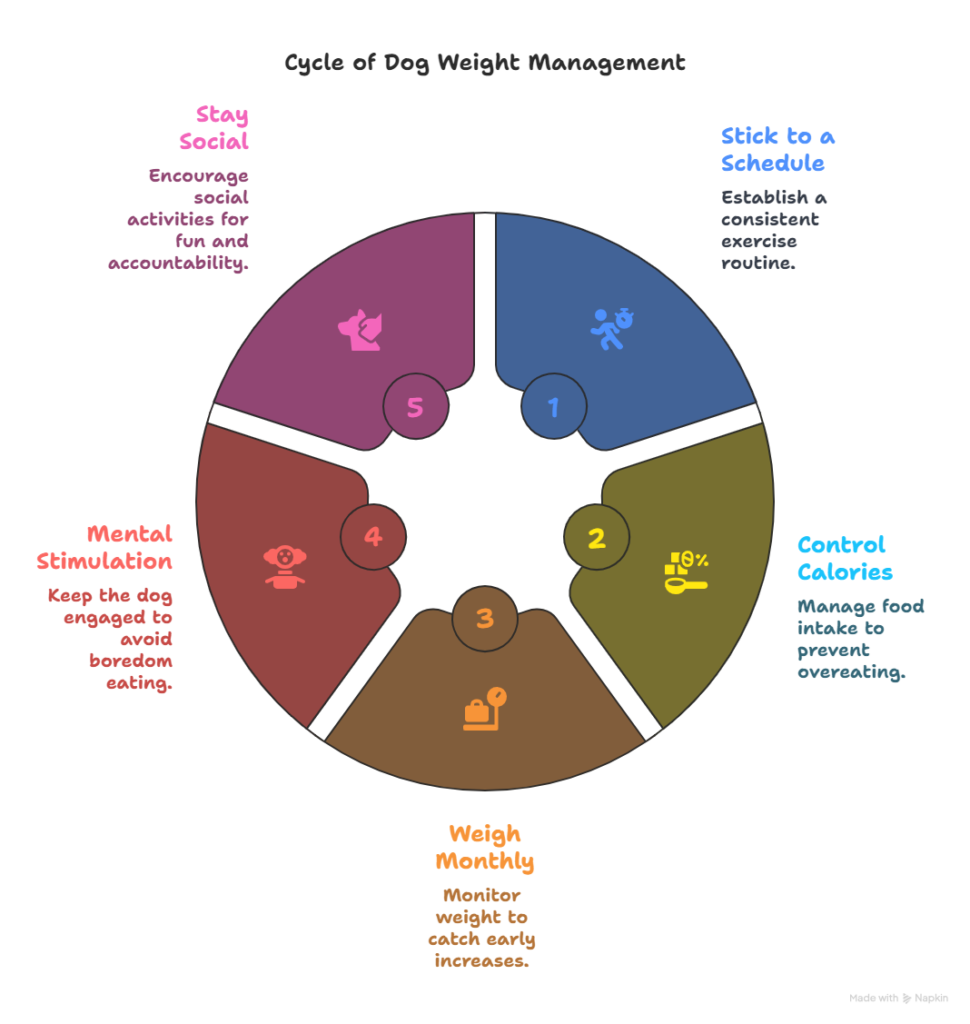
As a vet, I often remind pet parents: prevention is easier than reversal. Keeping your dog active and lean now saves joint issues and vet bills later.
FAQs
What is the safest way to exercise an obese dog?
Start with short leash walks and indoor games. Always consult your vet first to rule out heart or joint issues. Use low-impact overweight dog exercises like swimming or puzzle play to avoid injury.
How much weight can a dog safely lose per week?
Most dogs should aim to lose 1–2% of their body weight per week. That’s about ½ to 2 pounds, depending on size. Your vet can help set safe targets and adjust food accordingly.
Are puzzle toys effective for canine weight loss?
Yes! Puzzle toys encourage movement and mental focus while slowing down eating. They’re a great daily addition to your dog’s overweight dog exercises routine.
What if my dog refuses to move during walks?
Stop and assess—your dog could be tired, overheated, or in pain. Try changing the time of day, walking route, or using high-value treats. If refusal continues, check with your vet.
Can older dogs still benefit from exercise?
Absolutely. Senior dogs gain strength and mental clarity from regular movement. Focus on gentle overweight dog exercises like leash walks, rehab therapy, or aquatic play.
How do I know if my dog is in pain from activity?
Watch for limping, whining, stiff movement, or reluctance to get up. If your dog is sore after overweight dog exercises, reduce intensity and consult your vet for modifications.
Conclusion: Small Steps, Big Wins for Your Overweight Dog
Helping an overweight dog get back to a healthy weight doesn’t have to be overwhelming or complicated. It’s not about intense workouts or strict routines—it’s about showing up every day with patience, consistency, and a plan that works for your dog’s body and personality.
Whether it’s a short walk around the block, a quick indoor tug game, or a relaxing swim, these simple overweight dog exercises can make a big difference over time. Each one is designed to support gradual weight loss without putting too much strain on your dog’s joints.
But here’s the key: start where your dog is right now, not where you think they should be. If five minutes of walking is all they can handle today, that’s okay. Five minutes becomes ten. A few steps become a full block. What matters most is that you’re helping your dog move in the right direction—literally and figuratively.
As always, work closely with your vet before starting any new routine, especially if your dog has health conditions. They can help you adjust the pace, recommend therapeutic options like hydrotherapy, and keep track of your dog’s progress safely.
A few reminders as you begin:
- Be patient—healthy weight loss is slow and steady (about 1–2% of body weight per week).
- Focus on fun. If your dog enjoys the activity, they’re more likely to stick with it—and so are you.
- Celebrate every little win. Extra energy, better moods, and easier movement are all signs of success.
The right overweight dog exercises, paired with a healthy diet and lots of encouragement, can give your dog a happier, more active life. And that’s something worth working for—one day, one step at a time.

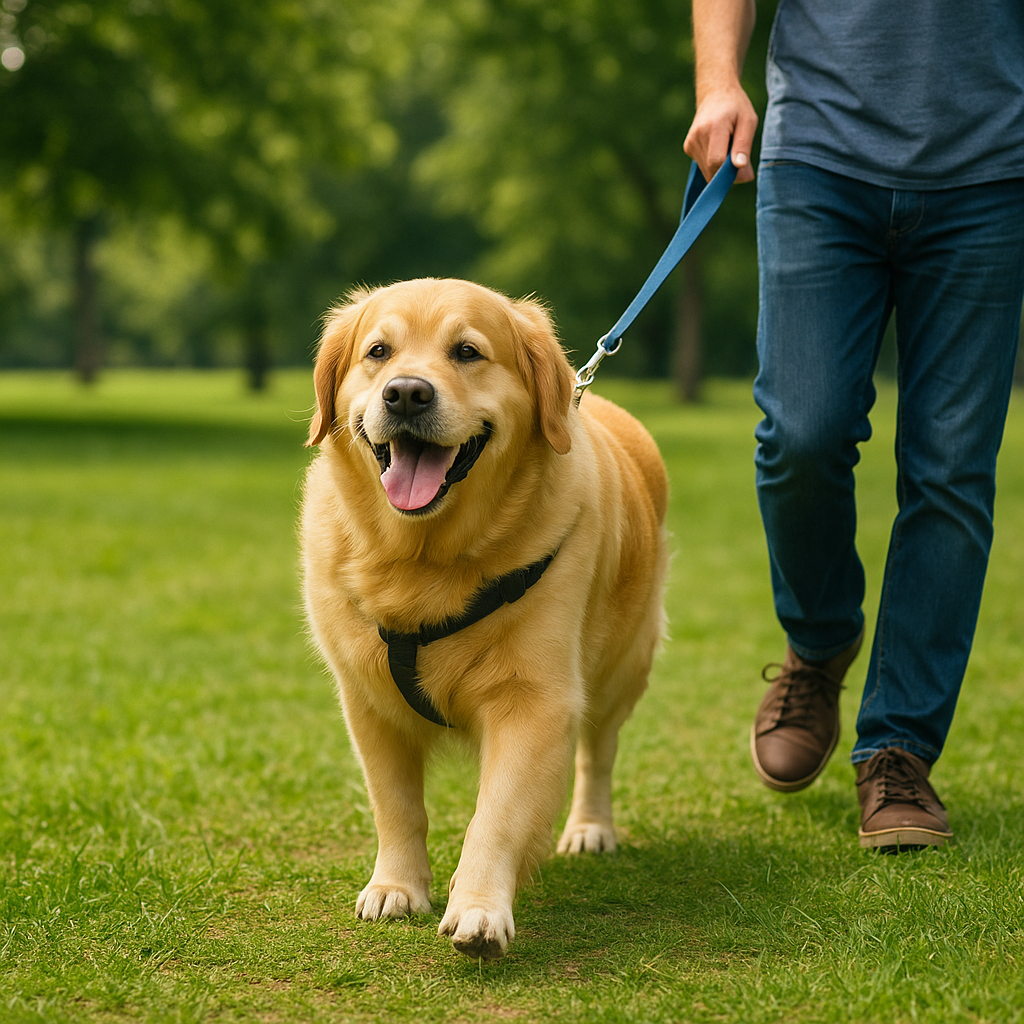
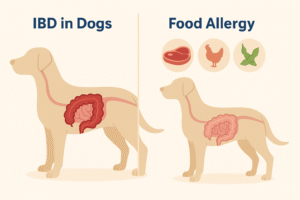
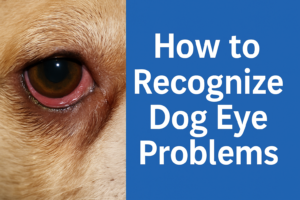

Pingback: Top 9 Outdoor Dog Activities for Health, Happiness & Bonding